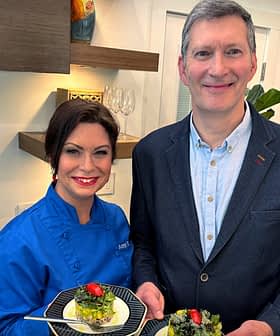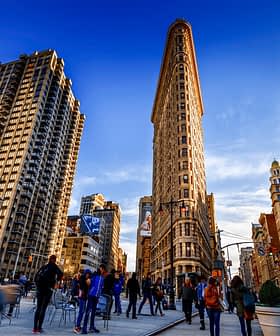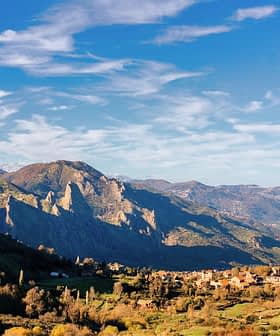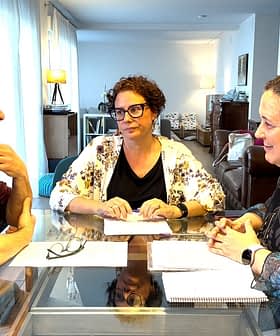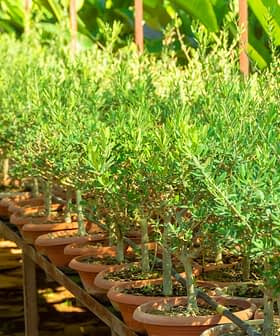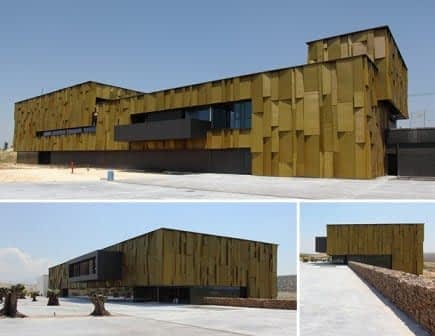
The Andalusian Government, alongside the Provincial Council of Jaén, opened today the Active Museum of Olive Oil and Sustainability, located on the Geolit Technology and Business Park in Mengíbar (Jaén), which will help to spread the culture of olive oil and table olives.
The Active Museum of Olive Oil and Sustainability has raised a total investment of 7.1 million euros, funded mainly between the Andalusian Government and the Provincial Council of Jaén. In its last phase the Ministry of Agriculture, Food and Environment also participated. Of the total, 4.6 million have been earmarked for infrastructure works and construction, and 2.4 million for museum activities.
This center will turn in a short period of time into a national benchmark. The museum is easily accessible for fast communication channels. It has extensive outdoor spaces, and the design of the building itself is endowed with bioclimatic solutions and efficient management of water, constructed with eco-friendly materials, and the support of additional centers also installed in the Geolit Technology an Business Park.
The Museum will serve as a permanent exhibition space intended to instruct and inform the general public. Thus, its mission is to disseminate the culture surrounding olive oil and table olives, and promote anything concerning olive cultivation, production and economy, plus any manifestation of cultural science and technology related to olive oil.
Facilities
Conceived as a center of knowledge dedicated to olive oil, the natural heritage of Andalusia, the Active Museum of Olive Oil and Sustainability is structured in different functional areas, including an Olive Oil and Mediterranean Diet Gastronomy Center. This center is divided into three floors covering an area of 3,445 square meters of the total area of the building which is 11,222 square meters.
The Museum facilities include also an exhibition area which covers areas of permanent and temporary exhibitions, and a 3D projection room.
Permanent Exhibition
Olive Ecosystem (habitat, nutrient cycling, soil..), Olive Biennial Cycle (morphology and physiological processes, cycle of fruiting olive model..) Olive Design (varieties of olives in Spain, breeding systems in the cultivation of olives, olive design planning…) and Olive Cultivation (olive reproductions, soil management, and integrated production techniques…), will be the main topics of the permanent exhibition.
Also, featured topics such as the extraction process of virgin olive oils at the mill ‑including videomapping machinery-; the quality of virgin olive oil, through tasting panels and organoleptic analysis; production, consumption and distribution; health benefits of extra virgin olive oil through nutrition tables; will be treated widely in this center.
Machinery, tastings, and much more
Moreover, outside the Museum building, there has been enabled an area for the exhibition of machinery and a forest of centenary olive trees of different varieties.
This center also has a Promotion Area in which different olive juices will be exposed and many tasting activities will be undertaken. This area also includes a library specialized in olive oil and olive industry, and an art gallery.
The Teaching Area consists of a classroom, a workshop, and a laboratory, while the Office Area is equipped with a documentation center, management department, meeting room, and a storage and telecommunications room. This museum also includes an olive oil “bodega”.
In operation, the center incorporates the latest technological innovations, such as solar courtyard, solar wells, and a central biomass recycling system of rainwater.
Mercacei articles also appear in Mercacei magazine and are not edited by Olive Oil Times.




